Book review – 1001 Comics You Must Read Before You Die
– by Shawn Conner
So this book has been sitting variously on my coffee-table, night-table and desk (and a few other places) for the better part of a month now. The fact is, I’m probably never going to finish it. 1001 Comics You Must Read Before You Die (Paul Gravett, ed.; Universe, hardcover, $39.95 Canadian) is a huge tome, 938 copiously illustrated pages, and I’m just not that interested in reading about dozens of obscure manga titles.
Then again, unearthing obscurities is one of this book’s strengths. I consider myself fairly well-versed in the world of comics and graphic novels, having been reading them for more decades than I care to admit. But this book’s contributors (over 60!) have dug up literally hundreds of comics, from graphic novels to daily strips, from all over the world, that I’d never heard of – and not just manga. Whether you’re comics-literate or a casual reader, 1001 Comics is a treasure trove of hidden gems and obscure comics lore.
The book has its quirks, to be sure. It presents its subjects chronologically, beginning with Rodolphe Topffer‘s The Adventures of Mr. Obadiah Oldbuck (1837) and ending with Craig Thompson‘s epic Habibi from this year – solid choices, most would agree.
But when it comes to choosing between stories, titles and series, the 1001 choices become more subjective. Individual issues of some titles are singled out (the 1979 “Demon In a Bottle” issue of Iron Man) while other titles are dealt with summarily and/or as particular runs (Alan Moore doing Swamp Thing).
Not just art (usually covers) but sometimes quotes are reproduced, not always to in the comic in question’s favour (“Just now I saw the Batman in action… I saw you – the man inside! The man I love!”). For the most part, the contributors come across as at least qualified, and sometimes insightful. Of mainstream superhero artist Neal Adams‘ work in X-Men, Richard Reynolds writes: “Adams’ work is revolutionary. He is arguably the first artist working in the superhero genre to exploit fully the power of an image that explodes through its panel border. The reader seeks closure of a partially completed movement in the space outside the panel, creating a dynamic sense of action and tension.” Phew! And you were wondering why anyone still reads superhero comics.
Then again, the book can be a little Polyanna-ish; hard-tack criticism is for the most part not spoken here. Widely acknowledged as one of the least gifted (stylistically, at any rate) artists to ever work in superhero comics, Sal Buscema here is lauded for his storytelling technique. This isn’t a far cry from honoring Garfield (also mentioned in the book) for fleshing out the idea of cats eating lasagna.
However, most of the writing is also understated, so that when a reviewer does step out onto a limb (“Read it immediately”), the reader’s response is to seek out the book in question (Jack Kirby‘s New Gods).
1001 Comics is meant to be not just comprehensive, but also a celebration, and in this it succeeds as well. The book encompasses a great variety of work, from the boilerplate to the experimental to the miraculous, from comics and characters everyone knows to those little treasures (Bruce Jones and Bernie Wrightson‘s macabre 1974 black-and-white short story “Jenifer” , for instance) we might have missed.
The geek in me loves 1001 Comics, for the most part; and who knows, maybe one day I’ll have the time to read (about) all those manga titles, like Song of the Wind and Trees (1976) and Yotsuba &! (2003).

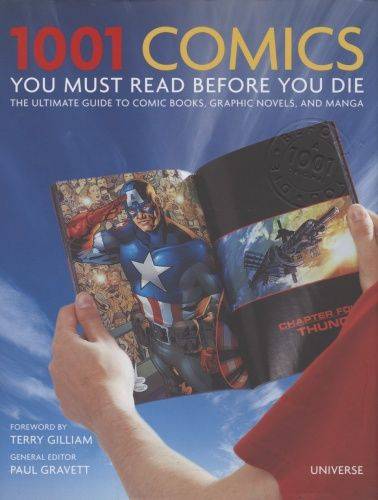
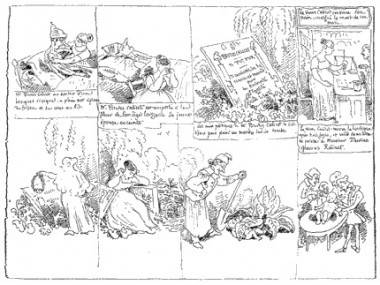
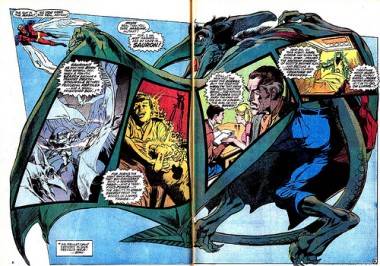
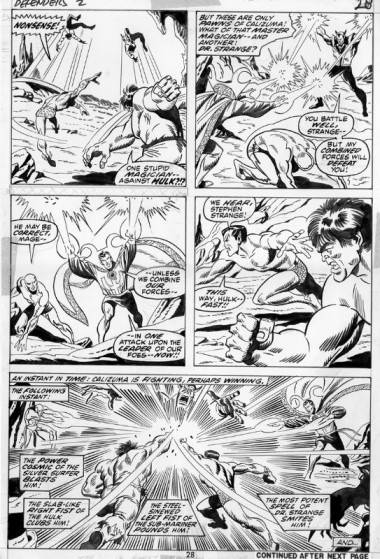
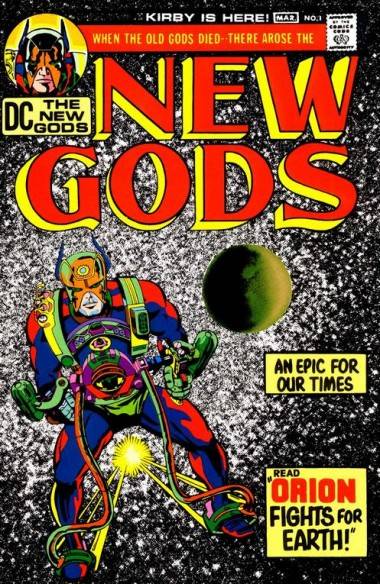

2 responses to “1001 Comics You Must Read Before You Die – book review”